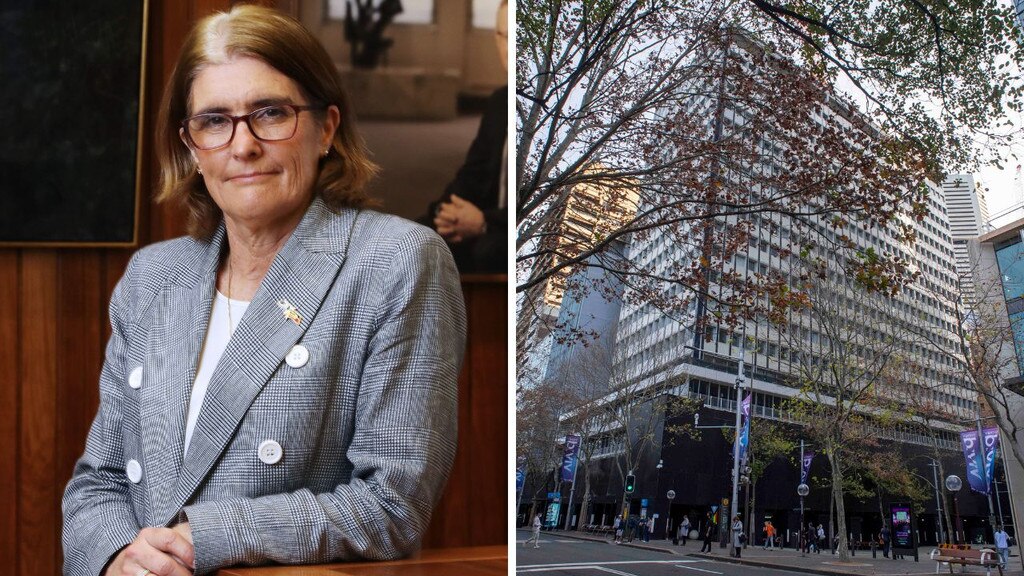
The Reserve Bank of Australia (RBA) has reported a staggering cost overrun on its head office renovation, escalating from an initial budget of approximately $260 million to an estimated $1.2 billion. This significant financial miscalculation has raised concerns about the institution’s management of taxpayer funds, particularly as it also oversees monetary policy affecting Australian households.
The renovation project, taking place at the RBA’s headquarters in Martin Place, Sydney, aims to ensure the building meets modern structural and operational standards. However, unforeseen complications, primarily the discovery of a substantial amount of asbestos, have driven costs to unprecedented levels. Initially planned for completion by October 2023, the project is now not expected to finish until at least 2029.
According to the Australian Financial Review, the RBA’s decision to proceed with the renovation has drawn criticism, particularly in a climate of escalating government spending. The bank has justified its approach, stating, “After careful analysis of all available options, the RBA has determined that retaining ownership and undertaking a full remediation and refurbishment is the most responsible and cost-effective long-term solution.”
The building, which dates back to 1962, houses the majority of the RBA’s employees, including Governor Michele Bullock. It is deemed unique not only for its historical significance but also for its secure functions, which include a data centre supporting national payments infrastructure and a purpose-built bank vault.
When the renovation was first announced in 2019, the RBA cited the need to enhance compliance with modern safety and sustainability standards. The decision to remain at the current location was influenced by the costs associated with relocating sensitive operations, which the bank asserted would be prohibitively expensive.
Alternative options such as selling the building and leasing back, or moving to a different location within the Sydney CBD, were also considered but ultimately dismissed. The RBA noted that the extent of asbestos contamination, discovered only in 2023, necessitated a complete overhaul of the building’s structure. The organisation disclosed, “Initial works revealed that the building contains four to five times more asbestos than typically found in buildings of its era.”
In addition to the asbestos issue, the current building was found to be energy inefficient and not compliant with modern building codes. As renovations continue, the RBA is under scrutiny regarding its financial management, especially given the enormous taxpayer investment in a project that has now become one of the most expensive renovations in Australian history.
The situation highlights the challenges faced by public institutions in managing large-scale projects, particularly when unexpected complications arise. As the RBA moves forward, the focus will remain on ensuring that the final outcome justifies the substantial financial commitment involved.






